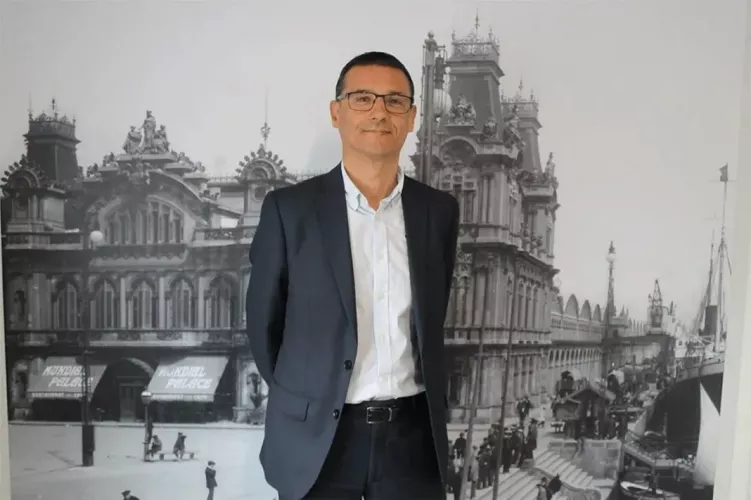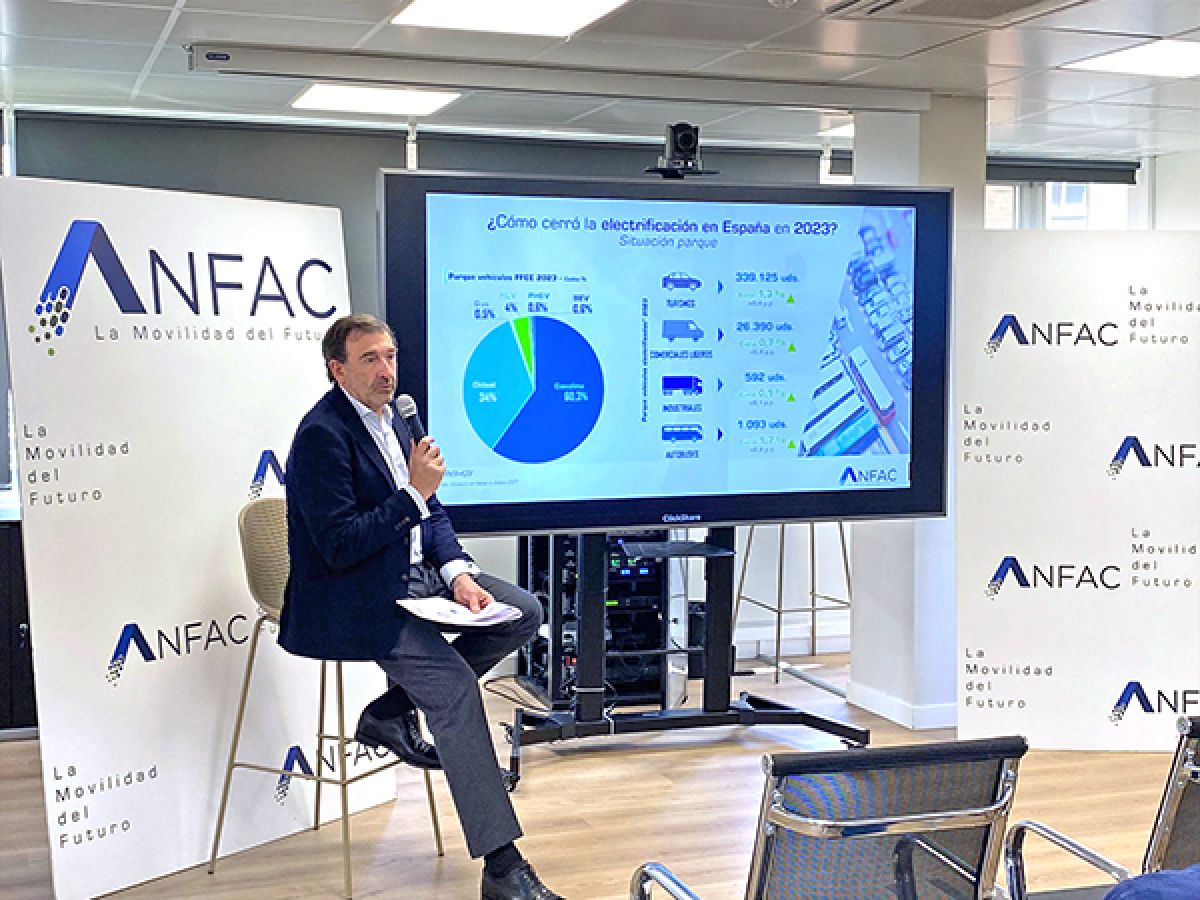
Resilience
There is no doubt that in the ideal world the railway would be the most used means of land transport to move containers to or from the terminals of the port area.
Safety, capacity, reliability, planning, energy efficiency are some of the characteristics that make it have an advantage over road transport.
Furthermore, it has had and continues to have huge amounts of money injected by different public bodies, following the guidelines set by Brussels policies. Initially focused on decongesting traffic routes and currently placing emphasis on decarbonization and sustainability.
However, in the real world, it is enough to review the statistics of recent years to verify that movements in this means of transport in the port of Barcelona remain stagnant at figures from a decade ago.
In 2016, the number of annual teus transported by rail compared to the total registered quantity was around 10%, (2,236,960 vs 225,966) when in 2022 that quantity failed to reach 8%. (3.522.944 vs 265.560).
The infrastructure deficit translates into congestion and delays. Capacity and lack of flexibility in schedules are factors that are observed in detail by the client when deciding which medium to use. The lack of digitalization negatively affects the traceability and control of the merchandise once it is delivered to the railway operator.
In short, if the distance to be traveled is not more than 500 km or the shipment is urgent, the decision is still to continue using road transport, which is much more flexible and immediate.
From the point of view of the autonomous transporter, the initial resignation and pessimistic vision has been transformed into adaptation and expectations in the face of new opportunities, since, with few exceptions of private facilities of large operators, since the railway is an intermodal transport, it will always need a complementary means to move containers from the railway terminal to the final destination or vice versa.
Luckily, for us, around a 200 km radius from the port of Barcelona, there are production and distribution centers that require road transport for their shipments, so the impact of the initial growth of the railway was minor than in other ports on the peninsula.
Looking on the positive side, currently there are relatively few long journeys and this allows us to replace the bunk in the truck cabin with the bed in the bedroom at home, improving aspects related to “family balance”, and I put it in quotes, Since it is common that if you want to have an acceptable billing that allows us to cover expenses, you have to be available 14 hours a day.

The challenges that road transport faces in the coming years are many: digitalization, training and the energy transition
Barely a month ago, the system change in one of the terminals has highlighted the need to review the procedures established in the generation of documentation and to be more demanding and rigorous in the filters, in order to prevent the bad practices of some and the inefficiency of others, become problems that we, the transporters and the facility involved, always end up enduring when that transportation is carried out. We must take advantage of new technologies to simplify and improve procedures, providing them with more transparency and traceability.
Regarding training, we must be more demanding of ourselves and value our profession. Everything in our environment is strategic facilities, and as such they need the user to know their prevention plans, emergency plans, operating processes, etc. And this can be achieved by requiring training and accreditation that demonstrates that you are capable of performing a service without putting your own safety and that of others at risk.
Finally, regarding the energy transition, access to the zero-emission vehicle will not be easy, and the autonomous transporter will surely be among the last to be able to access it. The road ahead will be long and uncertain. The high acquisition costs, the limited aid and the insufficient auxiliary infrastructure are barriers that will not make it easy for us, but we will get there in the end.
No, the railway does not have to worry us. Maybe it is this means of transport that will have to look askance when we incorporate zero-emission vehicles and we can be in a position to recover services that we once stopped providing.
Postscript: Now is when I put this copy in a time capsule, keep it on the office shelf and wait until December 2033 to see how it has aged.

